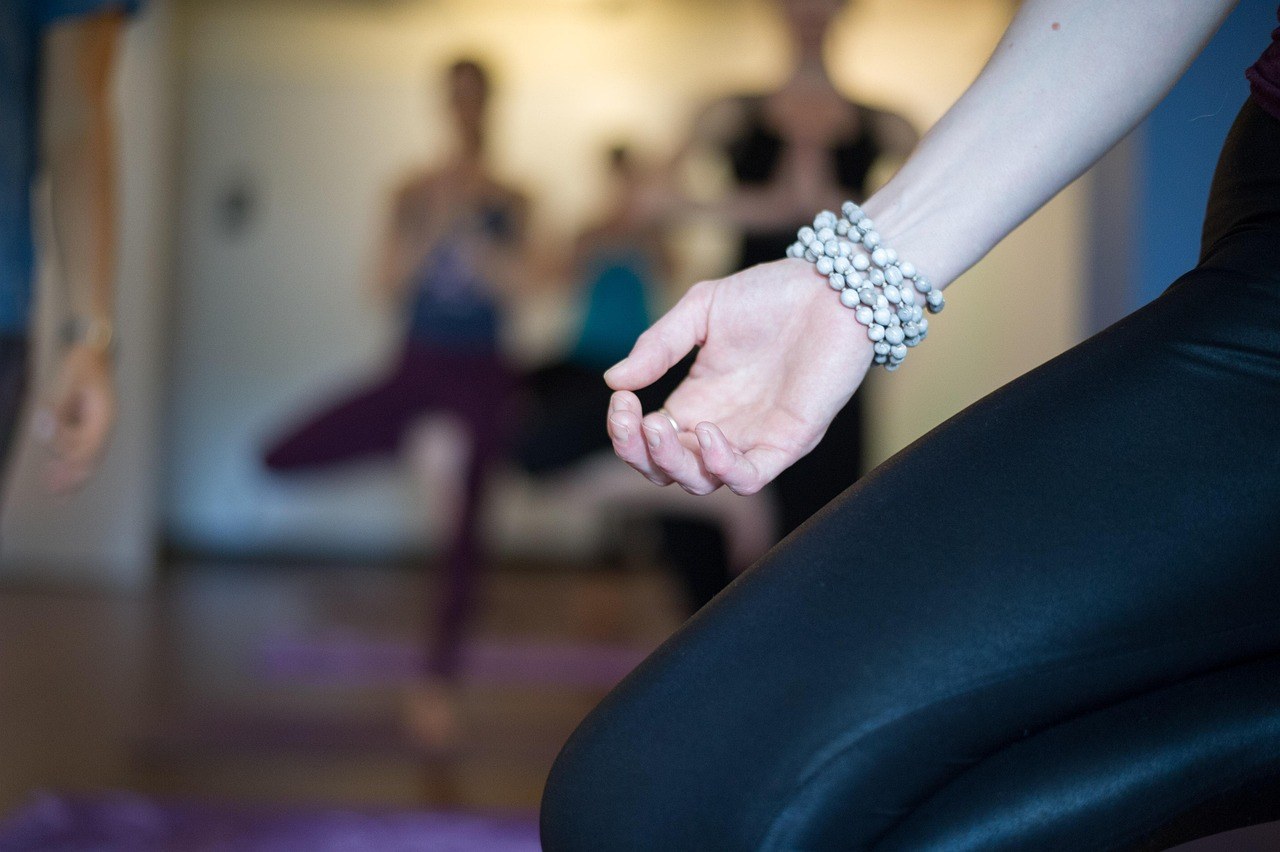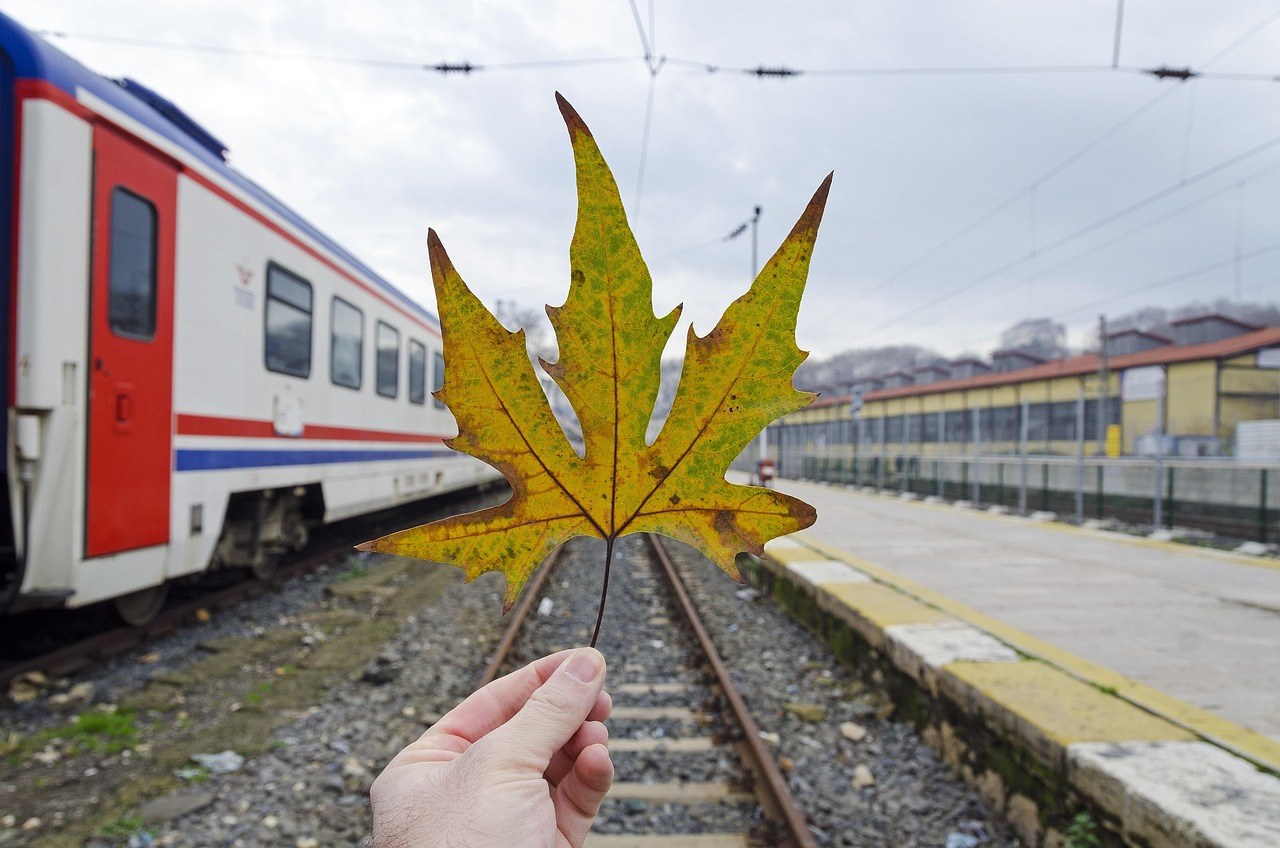That first electric jolt when you meet someone can feel like destiny – or it can be the body’s fireworks fooling the heart. Sorting out lust vs love isn’t about being cynical; it’s about giving yourself the clarity to enjoy the ride without losing your bearings. This guide reframes the familiar debate with plain language, steady examples, and practical checkpoints so you can recognize what you’re feeling, honor it, and see where it might lead.
Why the difference matters
In the heat of a new connection, judgment narrows and fantasies expand – that’s normal. Lust is the spark that lights fast and bright; love is the slow, steady flame that keeps you warm when the spark settles. You don’t have to choose one forever. In many healthy bonds, desire stays on the scene while affection deepens and broadens. Knowing the difference between lust vs love helps you pace yourself, set expectations, and protect your heart without dimming your joy.
A simple image to keep in mind
Picture a campfire. Tinder catches with a single strike – lively, hungry, dazzling. That’s desire. Logs take longer to light, but they burn evenly and last. That’s care, patience, and shared life. The best fires use both. The same goes for lust vs love: attraction gets things going; attachment and understanding keep things growing.

How lust can open the door to something deeper
“Love at first sight” often starts as a body-led thrill. The skipped heartbeat, the sudden urge to look your best, the daydream that won’t quit – these are signs of strong chemistry. Over time, if you both open up, listen, share ordinary days, and make space for each other’s imperfections, the thrill can find a home. That’s the quiet shift from lust vs love toward a both/and reality. If the sharing never arrives – if talk, care, and curiosity never put down roots – the energy tends to fade as quickly as it flared.
Clear signs to help you tell
Use the list below as a reflective tool, not a courtroom verdict. You may resonate with a handful now and notice others later. The goal is honest self-checking: what actually happens between you, not what you wish were happening.
First thought test. When you see them, what flashes through your mind first – a surge of attraction or a wave of warmth? If your instinct centers on bodies and scenarios, you’re likely standing on the desire side of lust vs love. If your instinct is to smile, soften, and feel safe, the heart is taking the lead.

Daylight mood. Notice your baseline during ordinary hours. Constant arousal points to urgency; a gentle lift in mood points to connection. The more your good feelings survive outside the bedroom, the more they belong to love in the lust vs love picture.
Conversation vs contact. Early on, it’s natural to obsess over touch. But after the first rush, do you crave long talks, shared stories, and inside jokes? If your time together ends when the physical moment ends, desire is driving the car in the lust vs love debate.
Sex as the center. When every plan is a stepping stone to the sheets, you’re orbiting one goal. Love can be wildly physical – and still be about more than climax. If gestures, favors, or “sweetness” always funnel back to a single destination, it’s lust vs love leaning toward lust.

Noise or quiet. Parties are fun; privacy is revealing. Do you prefer crowded places where touch is easy and talk is optional, or do you seek quiet corners for whispering and wandering thoughts? Picking the latter often signals love taking shape in the lust vs love balance.
Appearance pressure. With intense desire, presentation can feel like a mission – perfect hair, flawless outfits, strategic lighting. With care, you loosen. The person inside the sweatshirt is the person you want. Relaxing the performance hints at love within the broader lust vs love spectrum.
Memory reel. Replay your top moments. Are they mostly steamy scenes, or do you remember laughing till you cried, getting groceries, watching a forgettable movie, and feeling oddly happy anyway? When your favorites include the mundane, you’re crossing from lust vs love into attachment.
Idealizing away flaws. Desire often airbrushes reality – rough edges vanish, red flags look rosy. Love doesn’t worship; it witnesses. Noticing quirks, limits, and habits – and choosing someone anyway – is a classic move from lust vs love toward something steadier.
Thoughts when apart. Arousing flashbacks are normal. But if every solo thought is a highlight reel of bodies and nothing else, take note. When your mind drifts to their laugh, their kindness to a waiter, or the way they try, that’s love getting a vote in lust vs love.
Friendship stage. Many couples pass through a period of getting-to-know-you – whether it’s daily texts, goofy errands, or simply hanging out. If you skipped that and went straight to bed, it doesn’t doom you – it just places you on one side of lust vs love until other layers appear.
Everyday contact. Consistent, light touchpoints – a good morning hello, a midday meme, a how’s-your-day check-in – show you live in each other’s minds. Communication that only lights up late at night points to convenience over care in lust vs love.
Knowing the person. Do you know their favorite comfort meal, what scares them, how they learned to apologize, the story behind the scar on their knee? Or do you mostly know their rhythms in bed? Depth of detail marks the shift from lust vs love into intimacy.
Impulse on arrival. If every reunion immediately turns into groping and the silence between kisses feels awkward, you might be using touch to patch over a talk-shaped gap. Love can be loud or quiet – but it doesn’t fear a pause. That’s a gentle compass for lust vs love.
Comfort with vulnerability. Sharing problems, admitting mistakes, or saying “I’m scared” asks for trust. If you keep everything glossy because you fear being judged, it’s a sign the ground isn’t strong yet – another nudge in the lust vs love distinction.
Emotional intimacy. Sex is a form of closeness, but it isn’t the whole story. Feeling seen, soothed, and accepted – that quiet exhale when you’re together – is a hallmark of love and a key divider in lust vs love.
Commitment temperature. Desire is weather – dramatic and changeable. Love is climate – steadier over time. If a new face could sweep you away tomorrow, your bond hasn’t settled yet. That’s not a failure; it’s simply a placement on the lust vs love map.
Future thinking. Do you add them to plans without forcing it – a show next month, a trip in spring, a move someday? Including another person in your timeline is one of the most reliable markers that love has joined lust vs love on the path.
Willingness to compromise. Love trades comfort for care now and then – watching their show, meeting their friends, leaving the party early because they’re tired. If you only ask, never bend, the center of gravity is self – and that leans toward lust in the lust vs love divide.
Public pride. Do you light up introducing them, or keep things private because the pull is mostly physical? Wanting your worlds to meet is a subtle but powerful sign that you view them as part of your life – a core signal in the lust vs love contrast.
Involvement in each other’s lives. Care asks, listens, and remembers. How did the meeting go? Did your sister call back? Desire often forgets those threads. When their ups and downs matter – and you both follow through – you’re living closer to love in lust vs love.
What happens when novelty fades. Intense chemistry often settles – repetition makes even fireworks familiar. If the connection thins when the thrill softens, you likely had a chapter powered by lust. If affection, humor, and patience keep you returning, love has been present in your lust vs love story all along.
Making room for both without losing yourself
You don’t have to mistrust desire. It’s a lively, honest signal that someone affects you. The challenge is to invite curiosity alongside impulse – to ask real questions, to reveal small truths, to share unglamorous time. That’s how chemistry finds a foundation. Think of it as a rhythm: attraction pulls you close, conversation keeps you there, and care teaches you what to do with closeness. In that dance, lust vs love becomes a partnership rather than a tug-of-war.
Practical ways to test the balance
Change the setting – spend an afternoon doing chores or errands together. If you still enjoy each other when there’s nothing to dress up, you’re exploring the love side of lust vs love.
Stretch the timeline – schedule something a few weeks out. See how it feels to imagine being together later. Comfortable anticipation suggests attachment.
Trade stories – childhood traditions, early jobs, best and worst school moments. Notice whether you both ask follow-up questions. Curiosity is a love-language within the larger lust vs love conversation.
Try a quiet evening – phones down, simple meal, a walk. Can you rest near each other? That calm is a sign of safety – a classic marker of love.
Share a small worry – nothing heavy, just honest. Do they respond with care? Do you respond with presence? Mutual tending is how lust vs love evolves toward long-term connection.
When lust is enough – and when it isn’t
There’s no shame in recognizing that you want a lighter chapter. Two people can decide to enjoy the spark and keep expectations clear. Problems arise when hopes are mismatched – one person planning holidays while the other plans late-night texts. Naming the situation is kind. If you’re in different places, a respectful conversation protects both of you. In all cases, awareness of lust vs love helps you set boundaries and choose what serves your well-being.
From spark to steadiness
Plenty of couples begin with white-hot attraction and grow something generous from it. How does that shift happen? Through small, repeated choices: staying a little longer after intimacy to talk about your day; letting them see you without the performance; laughing at mishaps rather than hiding them; showing up when it’s inconvenient; letting them show up for you; and treating disagreements as puzzles, not battles. Those habits foster the trust that gives love its quiet power – the power to endure the ordinary and make it feel exquisite.
Bringing it all together
Lust wakes you up; love lets you rest. Desire says “now,” care says “still.” You don’t have to exile one to welcome the other – you simply have to notice which one is steering. If your connection is mostly touch and thrill, honor it for what it is and let it be honest. If your connection also holds patience, tenderness, and shared life, cherish it and feed it. Wherever you find yourself on the path of lust vs love, clarity is a gift – it keeps you present for the joy you have, and open to the deeper joy that may be forming.
Use the signs, check in with your body and your heart, and move at a human pace. The spark can be glorious; the flame, if cared for, can be glorious too. Trust what your experiences are telling you, and let awareness guide what you choose next in the ongoing story of lust vs love.